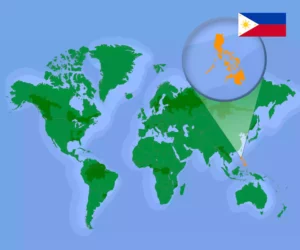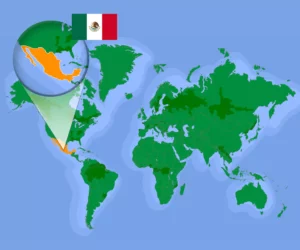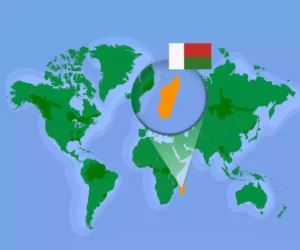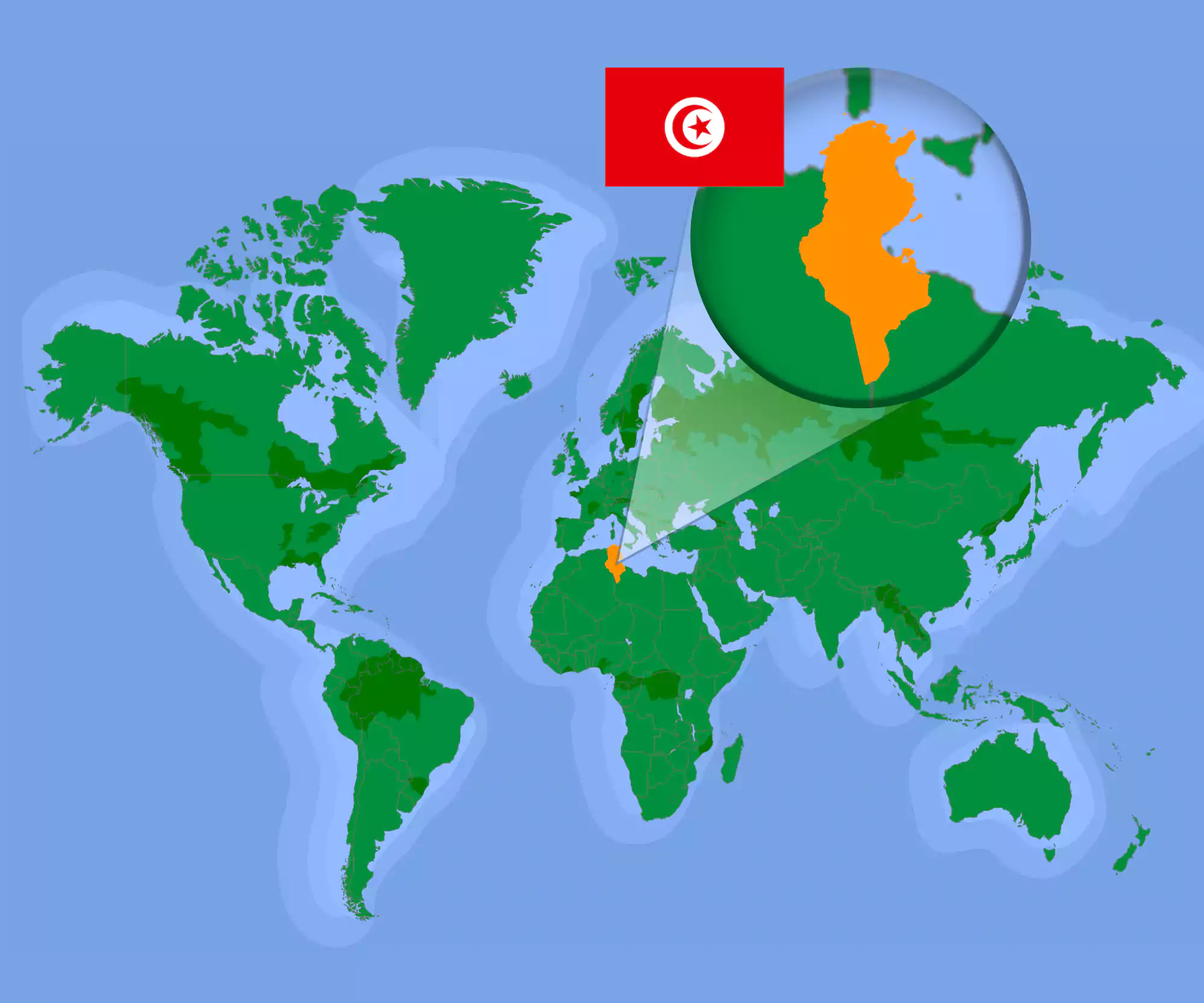
With a coastline and a desert within close access, Tunisia has surely made for itself a curious geopolitical history. A history that has yielded a diverse culture, cuisine, and of course, a sometimes-troubling political landscape. Recent news underscores that last point. Tunisian President Kais Saied (who favours authoritarian rule) has recently received the backing of 94.6% of voters in a referendum. This poll allowed him to increase his power to include the ability to select the Prime Minister, control the judiciary, and have complete executive control. Even without knowing anything about Tunisia, this was worrying. So, I decided to dig deeper. It’s not all gritty, though. In fact, let’s start with the lighter side of this country.
Tunisia’s cinematic connections
Many cult franchises owe the aesthetics of their scenes to Tunisia. Its combination of arid and coastal plains has often caught the eye of leading cinematographers, who have turned Tunisian terrain to film backdrops.
Pirates of the Caribbean
If you have watched the Pirates of the Caribbean, you would be familiar with Captain Jack Sparrow. However, it wasn’t until recently that I discovered that the character was loosely based on a real person. His name was Jack Ward, and he was from England. He was a poor man, often drunk, who did some fishing to stay alive. But his fortune changed when Queen Elizabeth I announced rewards for anybody who captured Spanish ships. Essentially, these legalised pirates who captured and raided a Spanish ship would get to keep 85% of the bounty.
Jack Ward jumped into the business and quickly made a name for himself. However, even when the next monarch made all forms of piracy illegal, he could not give it up. So instead, Ward made a deal with the local ruler and shifted his base to Tunisia, from where he continued to capture and loot ships. As a result, his crew grew, and he became more prosperous than his wildest dreams would afford.
Later in his life, he wanted to return to England but was refused a royal pardon. The ruler of Tunis offered him protection, so he stayed and converted to Islam. His obsession with little birds prompted the locals to dub him ‘Jack Asfur’—Arabic for ‘sparrow’.
Star Wars
That wasn’t the only movie franchise to benefit from Tunisia. The Star Wars franchise has many connections to the country. The Star Wars crew actually filmed the movie’s depiction of Tatooine in the Tunisian town of Matmata. This city is famous for its underground houses. This form of living in a pitted land afforded the people protection from summer’s blazing heat and the winter winds. Onscreen, it grew famous as the home of Luke Skywalker. In addition, Tunisia has a city named Tataouine with similar buildings and landscapes as the Star Wars Tatooine.
There are more intriguing connections, however. For instance, tensions increased between Tunisia and Libya when the Libyan leader, Muammar Gaddafi, threatened conflict if the Tunisians did not move its massive new military vehicle from the border. It turned out that he was talking about the Jawa Sandcrawler, a prop in one of the films. Thankfully, George Lucas moved the prop and prevented conflict.
The Hotel du Lac
Fascinatingly shaped like an inverted pyramid, this hotel in Tunis was abandoned in 2000 and was set for destruction. However, a few opposed the decision as it is said to be an icon of Brutalist architecture (which maintains a functional appearance rather than decorative). A Tunisian architecture conservation group began a campaign to save the building and found improbable support from Star Wars fans who claimed that the building looked similar to the Sandcrawler. Nobody knows whether or not the hotel inspired the Sandcrawler, but you have to admit, they look fairly similar.
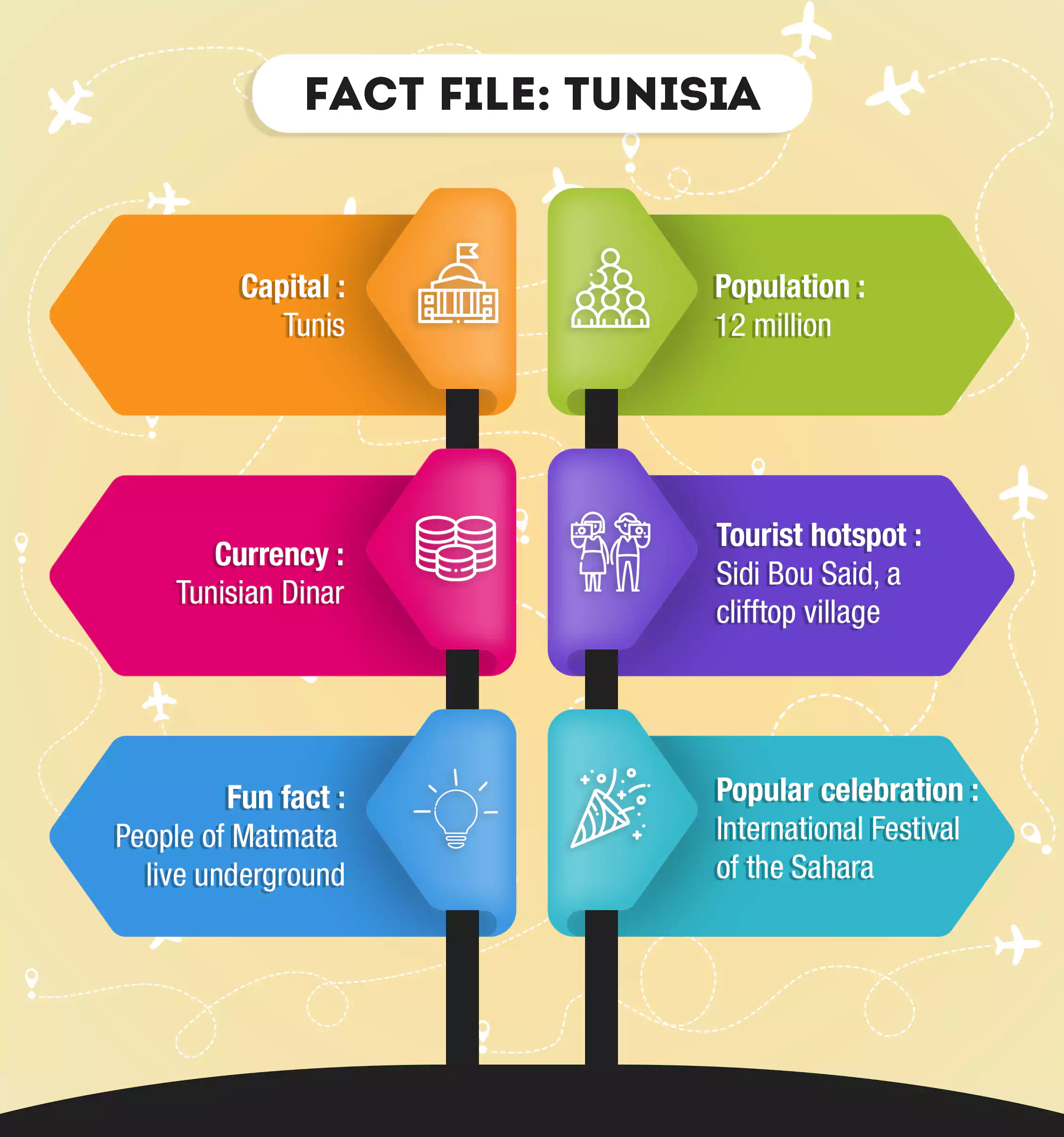
The prized empire of Tunisia
Carthage was a historical civilisation located in modern-day Tunisia. The people of this civilisation were exceptional traders, which helped them grow quickly and extensively. Founded in around 814 BCE, Carthage grew from a settlement to an empire and had highly advanced methods of governance and economy.
The empire makes its way into our history books because of the Punic Wars with Rome. These were the two big bulls of their day, and they butted heads to assert dominance. The famed Carthaginian leader, Hannibal, was feared by Rome as he famously led his army across the Alps and into Italy—previously thought impossible. Hannibal was victorious in Sicily, but the Romans were too powerful elsewhere, and he had to return to Carthage. He later became a politician before eventually being forced into exile by Rome.
By and by, throughout three wars, the Romans proved too strong. So after the third war, they burned Carthage to the ground. Julius Caesar rebuilt it as a minor city a few years later. Still, it never grew to its former stature or prominence. Today, the ruins of Carthage lie 24km outside the capital city of Tunis.
The fall of the Arab Spring
You may have heard of the Arab Spring—the fast-spreading movement in many Arab countries towards fairer and less corrupt governments. Well, the movement was born in Tunisia. The country had been under the rule of Zine al Abidine Ben Ali for over 20 years. There was angst in the air about the lack of employment opportunities for young people and the growing corruption in the government.
In December 2010, the police questioned a young vegetable vendor regarding his permit to sell vegetables from a cart. Those close to him say that the police had harassed Mohamed Bouazizi for years. On this day in 2010, the police confiscated his produce and humiliated him publicly. When he went to complain, the governor did not hear him. Bouazizi set himself on fire in protest, and this act sparked outrage throughout the country and, eventually, the Arab world.
All those who were unemployed and sick of the corruption in the government took to the streets in protest. They used social media to spread the message, and within only a few short weeks, the government had come to a halt, and Ben Ali had fled. This uprising inspired 12 other countries to start their renditions of the protests in the following months. Collectively, this is known as the Arab Spring.
However, these movements did not work as well everywhere as they did in some places. Eleven years later, Tunisia is going through more protests against a new leader.
Tunisia ever since…
The country held elections in 2011, a new party came to power, and they drafted a new constitution. However, in 2013, Islamic extremists killed a popular secular politician, and the entire feeling of the revolution changed. In 2014, secular parties won big, but many people, especially the youth who had been the ones driving the revolution, began to grow sick of the politics. This same demographic registered the lowest voter turnout, with the lowest being in Sidi Bouzid—the home town of Bouazizi.
While Tunisia was broadly regarded as the only Arab country to have transitioned into a democracy after the Arab Spring, the current trajectory seems to be headed elsewhere. President Kais Saied is steadily increasing the concentration of power in his favour. While 94.6% of the votes in the recent referendum were in his favour, most people did not vote as they believed it to be a foregone conclusion. Fewer than 1/3rd of the people voted in this referendum, registering the lowest voter turnout of any major election since the Arab Spring. While some hail him as the saviour of Tunisia, others fear what might come of his burgeoning power.
Tunisia may not be a full-blown dictatorship yet. Still, the ingredients are certainly in place, and the stirring of the pot seems to have begun.
